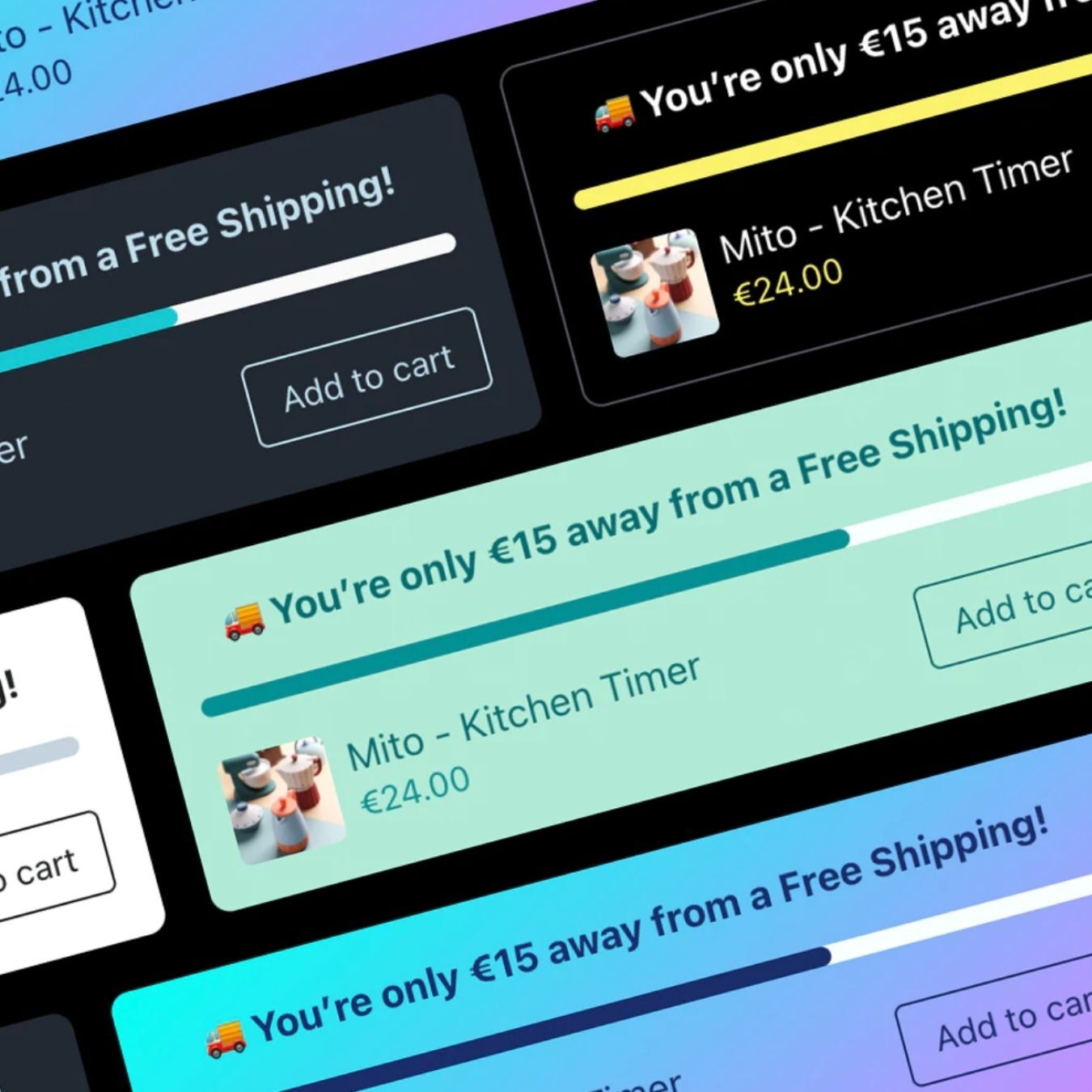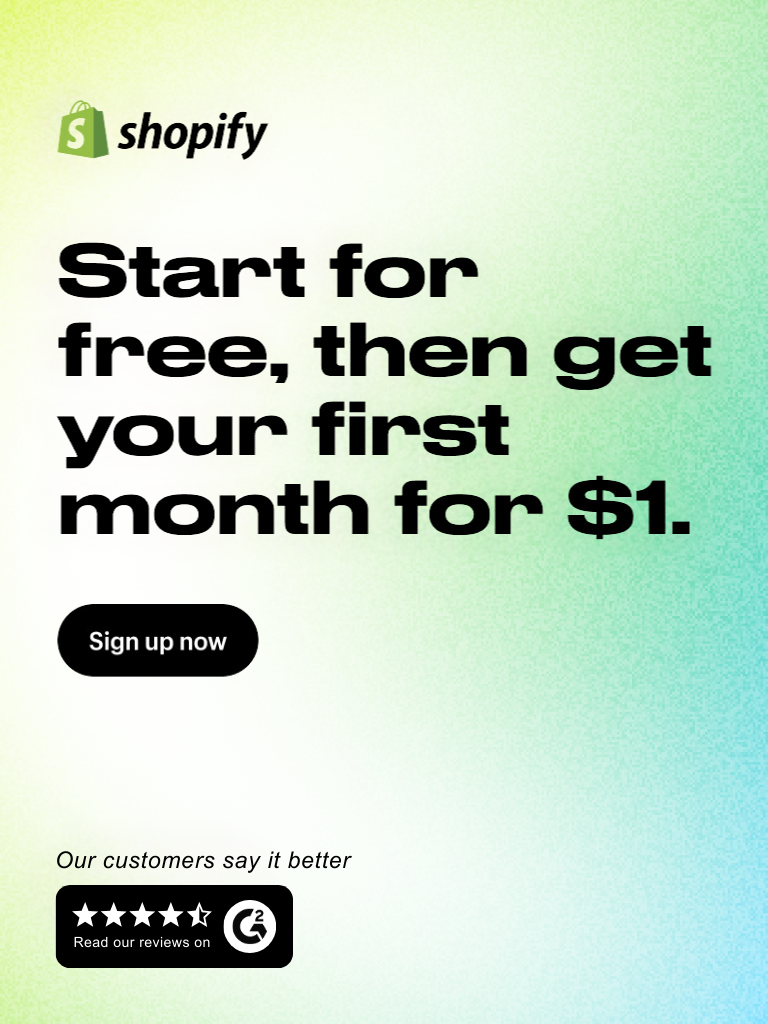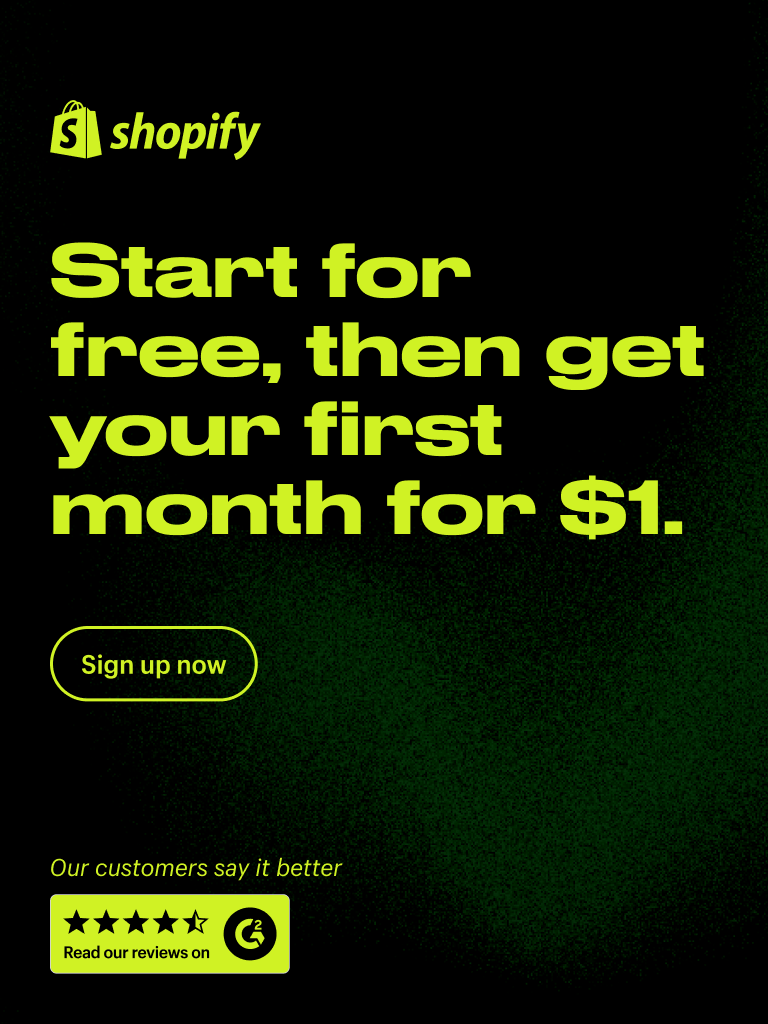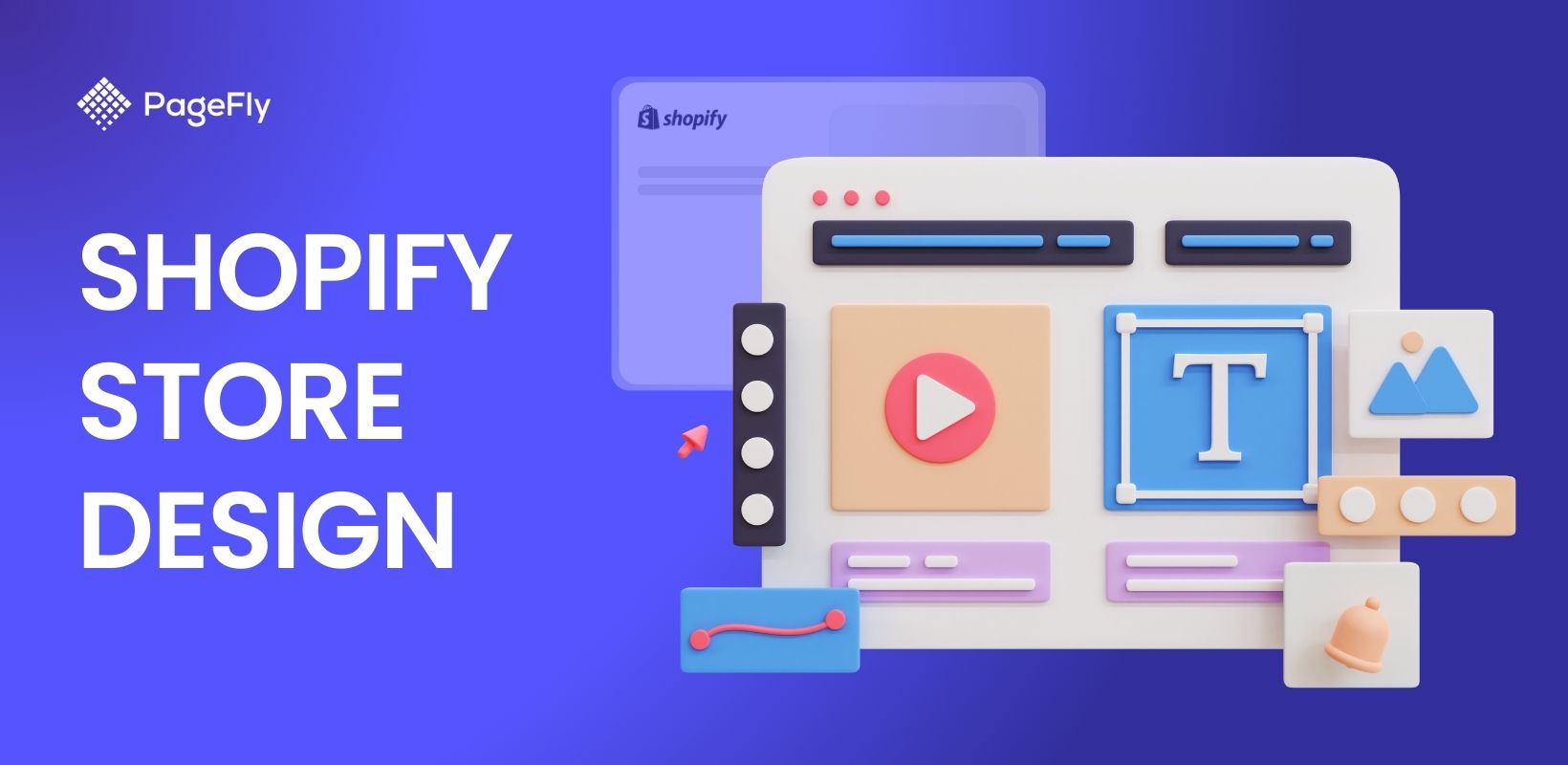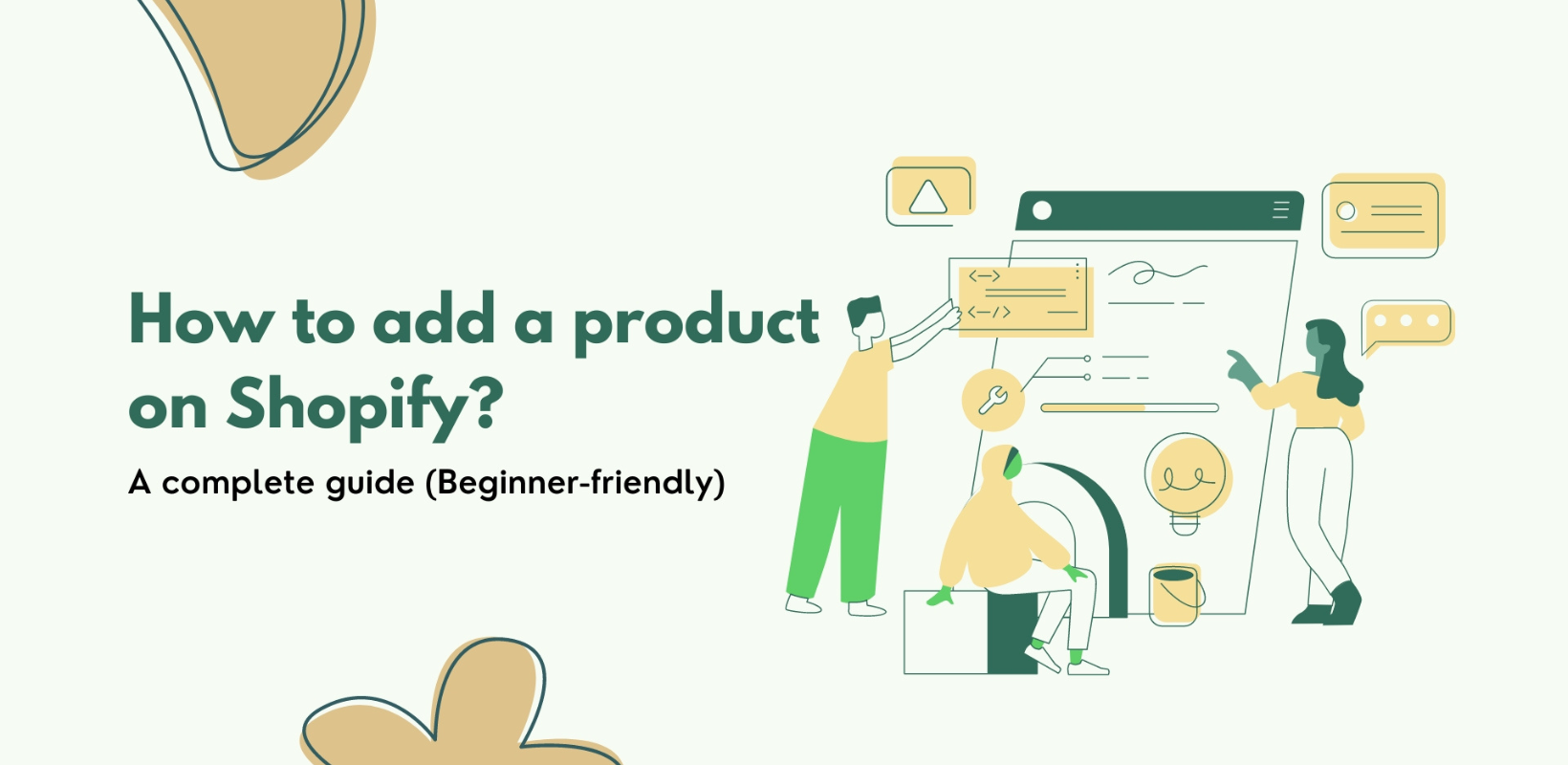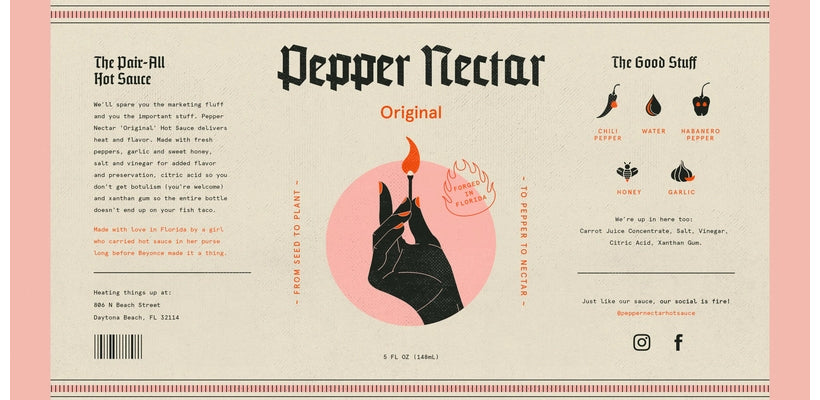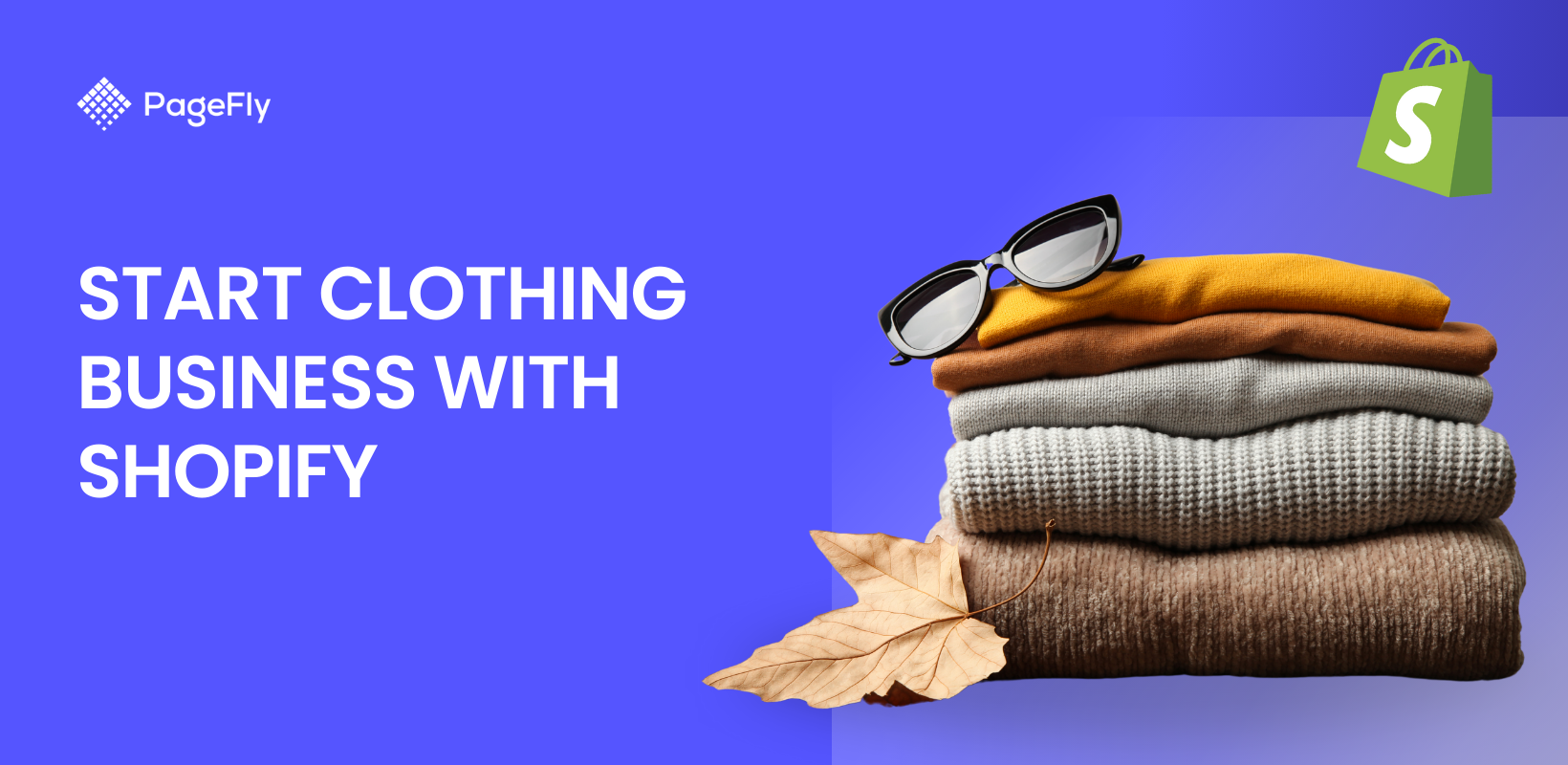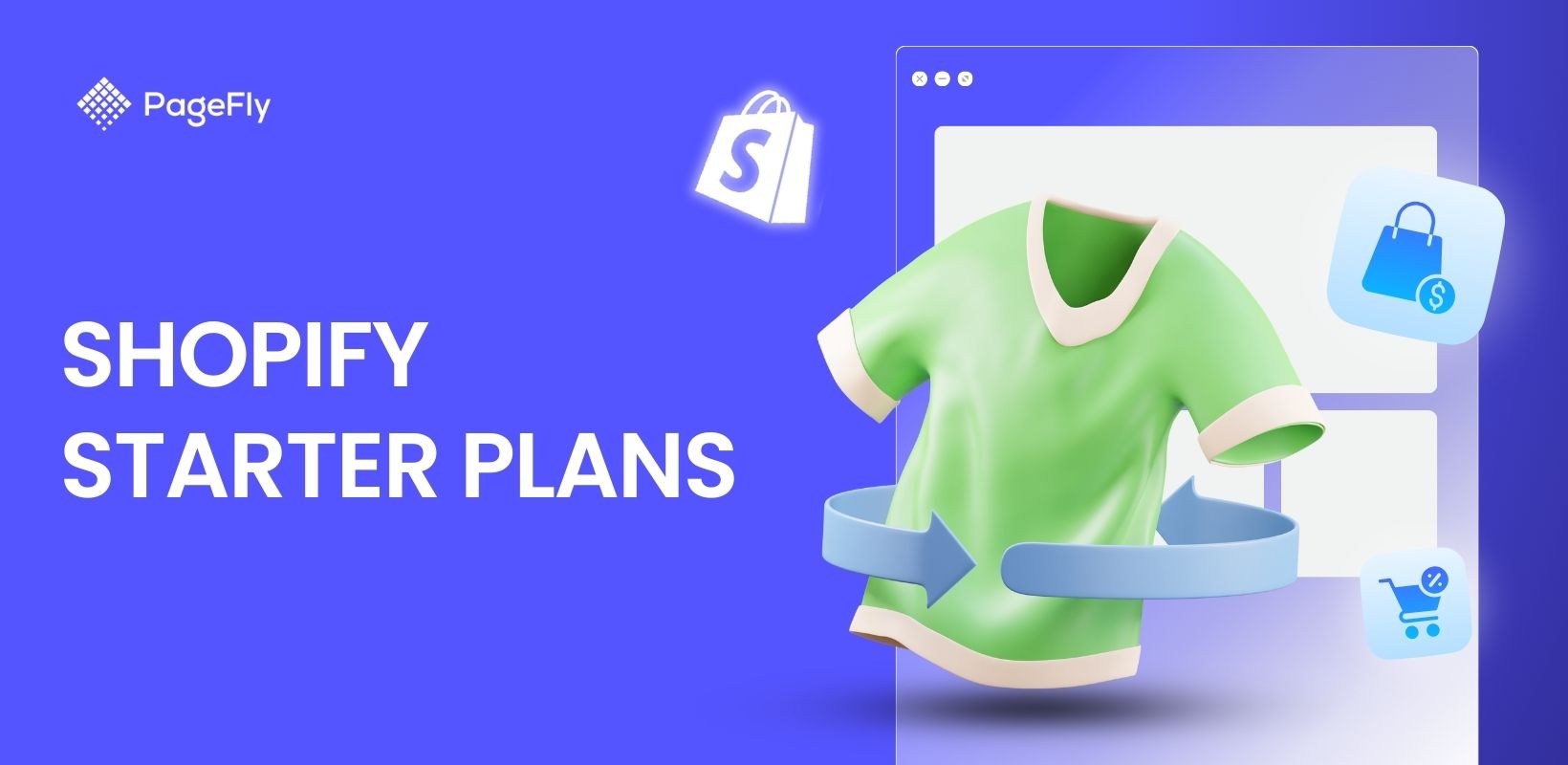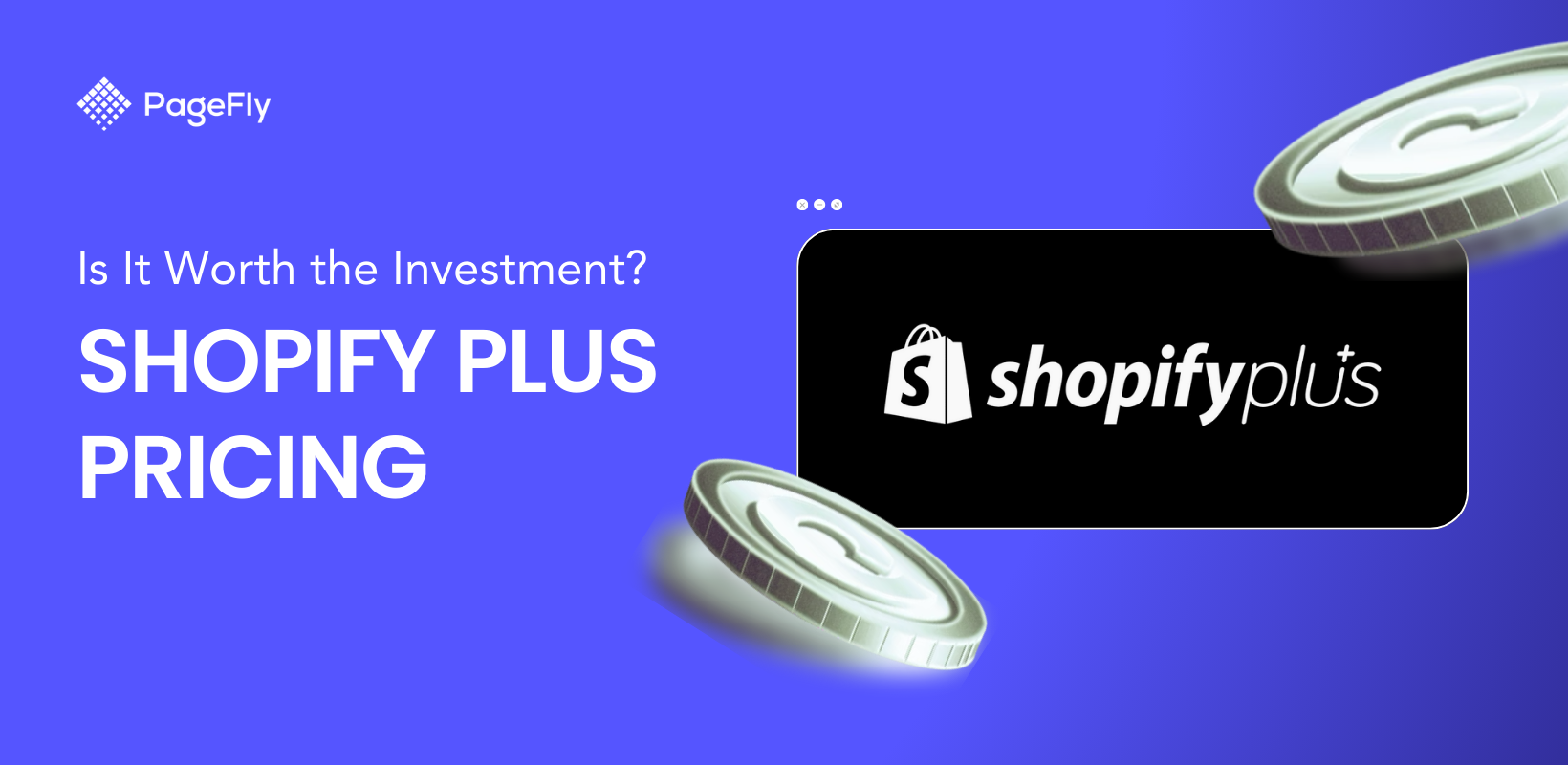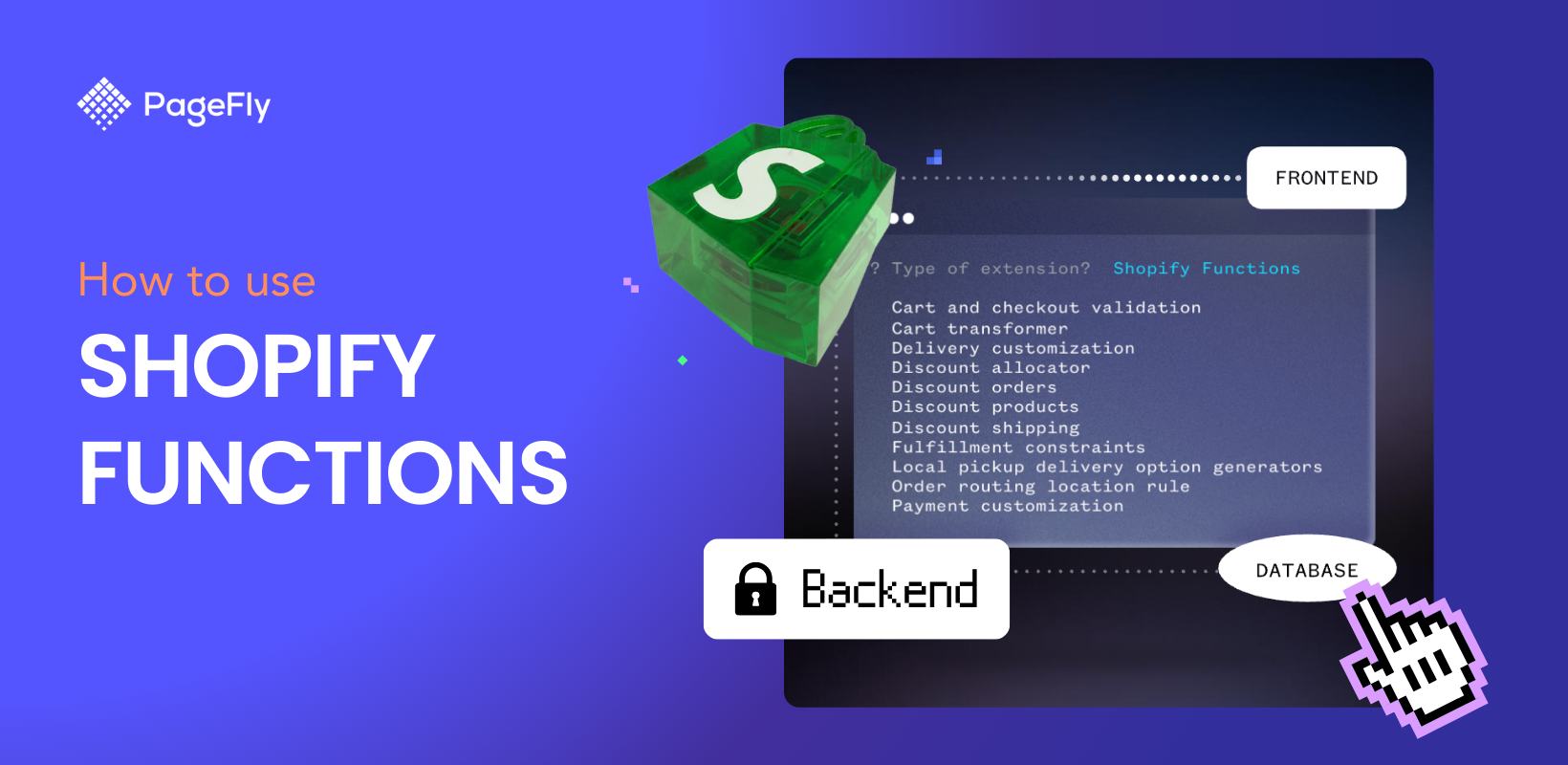As an online merchant, it’s natural that you want to increase traffic and revenue.
However, it’s easy to get lost in countless Shopify marketing strategies and tactics out there. Improving sales is more complicated than simply creating product descriptions and pictures. It requires a systematic approach and a well-thought marketing strategy that will cover all aspects of your online store operations.
Marketing Tips for Special Day:
Not particularly sure how to market your Shopify store to grow sales? This article is a great start! We’ve gathered the best hands-on Shopify marketing ideas that will help your sales skyrocket.
You can check out our beginner guide video on the top Shopify Marketing Strategies:
With no further ado, here’s our list of the best Shopify Marketing ideas to market your Shopify store to increase online sales.
- 01. Create Customer Profiles
- 02. Launch Promotions and Discounts
- 03. Develop An SEO Strategy
- 04. Recreate Your Shopify Store On Facebook
- 05. Add A Live Chat Feature
- 06. Feature User-Generated Content In Your Online Store
- 07. Launch A Customer Reward Program
- 08. Amp Up Your Email Marketing
- 09. Emphasize Your Brand’s Social Responsibility
- 10. Display Customer Testimonials
- 11. Use the Shopify Experts tool
- 12. Launch A Blog Section
- 13. Display Auto-calculated Shipping Prices for Each User
- 14. Anticipate Future Sales
- 15. Keep Track of Your Efforts with Shopify Analytics
01. Create Customer Profiles

Customer Profile Example (Source: CleverTap)
Before implementing any Shopify marketing ideas, a firm customer understanding is a must, hence, Customer Persona.
A customer profile is the fictional biography of your target audience members. In other words, it’s a brief document that describes the who, what, and why of your ideal customers.
By creating customer profiles, you can achieve a better product-market fit and increase your sales. Customer profiles are also helpful in defining your overall marketing strategy and improving your customer service approach.
When developing your customer profile, make sure to include the following information:
- Demographics (age, marital status, gender, education, income, and employment);
- Psychographics (habits, lifestyle, interests, and values);
- Geographical characteristics (country, state, and city);
- Buying patterns
- Pain points
- Social media preferences
Read More: How To Identify Customer Needs and Expectations
02. Launch Promotions and Discounts
Studies show that even the slightest discount can change a buyer's attitude towards completing a purchase.
In fact, a 2018 survey from RetailMeNot revealed that two-thirds of consumers reported they have “made a purchase they weren’t originally planning to make solely based on finding a coupon or discount.” Additionally, the same survey found that 80% of consumers said they feel encouraged to make a first-time purchase with a newly discovered brand if they found an offer or a promotion.
So, how can you effectively use promotions to improve sales? Here are some useful tactics worth implementing:
- Issue coupons for products’ pre-launch. This will help you drive more interest in your products and increase signups.
- Offer end-of-quarter coupons to meet your revenue goals.
- If you have high cart abandonment rates, offer special promotions for shoppers who have abandoned their carts.
- Share special holiday offers and discounts to stay competitive during the holiday shopping seasons.
- Offer volume discounts to customers who buy products in large quantities.
- Monitor discounts’ performance and amplify the most effective elements using Shopify’s tools.
- Don’t overload your customers with coupons. If you bombard your customers with special offers, they lose their “specialness” which defects the initial point of creating a sense of urgency.
This PageFly's template is a great example of how promotions should be displayed to attract customers’ attention.

03. Develop an SEO strategy
Optimizing your Shopify store in terms of SEO is another way to increase sales. After all, as more potential customers will get to see your products, there is a higher chance of a conversion taking place.
Developing and implementing an SEO strategy is the easiest way to increase organic traffic. To help your SEO efforts, we’ve gathered the best tips and practices for the optimization of your Shopify store.
- Implement relevant keywords into the content (including page titles, descriptions, and image alt text) of your online store.
- Ensure all of the URLs and filenames match the corresponding content.
- Create content that is relevant to your products and industry.
- Encourage other credible websites to link back to your online store.
- Utilize Shopify’s built-in SEO features to better optimize your content.
- As suggested by Shopify, “add your sitemap.xml to Google Search Console, so that your online store website can be easily crawled and indexed.”
04. Recreate your Shopify store on Facebook
Scrolling down Facebook feed has become a part of our daily routine. 1.73 billion users worldwide scroll down their Facebook feeds every day, which is almost a quarter of the world's population!
The good news is that you can leverage the immense power of Facebook’s reach to improve sales. It’s fairly easy to start selling on Facebook as there is a dedicated feature that allows you to connect your Shopify account to Facebook. This way, your Facebook account will directly incorporate your Shopify store, meaning that you won’t have to keep separate inventory for each store.
Besides, Shopify allows you to create Facebook ads directly from your Shopify admin panel. This feature is particularly useful as it automatically targets the right Facebook audiences that may be interested in your products.
Read More: How To Create Facebook Ads For Shopify Store
Here’s how Todd Snyder, a menswear fashion brand, managed to pull off a Facebook store.

05. Add A Live Chat Feature
Adding a live chat feature to your online business website has the potential to increase customer engagement, satisfaction, and consequently impact your sales. In fact, 92% of customers say they feel satisfied with the live chat feature compared to other communication methods.
As an eCommerce entrepreneur, you want to treat live chat as a sales opportunity rather than simply a support channel. Every support inquiry is an opportunity to understand your customers better, help them solve their problems, and identify how you can perform better.

Why Live Chat Is a Must (Source: Softwareadvice.com)
06. Feature User-Generated Content In Your Online Store
This is one of the most common Shopify marketing ideas, however, its importance never fizzles out!
Did you know that 79% of consumers claim user-generated content (UGC) highly impacts their buying decisions? In contrast, the same study shows that only 13% of consumers say content from a brand is important.
Sharing UGC is a great way to generate social proof. Promotional messages work the best when someone but your sales team delivers them. Social proof works because, as humans, we tend to repeat behaviors of those who seem trustworthy.
How to encourage UGC?
User-generated content can take many forms. Some common examples of UGC include customer reviews, testimonials, and other brand-related content (such as images, videos, social media posts, etc.)
Social media is the best channel to encourage UGC. For example, you can launch a social media contest asking users to post pictures of your product with a particular hashtag. This way, you’ll create a win-win situation in which you’ll get tons of UGC, and participants will receive awards for their efforts.
Read More: User-Generated Content: Social Proof - Examples and How To Apply
07. Launch A Customer Reward Program
Customer retention is another cost-effective way to boost sales. One way to retain more customers is by launching customer reward and loyalty programs.
Just like with social media contests, customer reward programs are a win-win for you, as you retain more customers, and for your customers, as they gain extra benefits for making purchases.
NorthFace does a great job promoting their VIPeak customer loyalty program.

Read More: How To Use Loyalty Program To Boost Sales For Your Shopify Store
08. Improve Your Email Marketing
Email marketing is one of the most effective channels for encouraging more sales and improving customer retention.
Besides, email is an effective eCommerce marketing channel as it offers many occasions to contact your customers. Here are just some of them:
- Welcome emails sent to new customers as soon as they complete a purchase/subscribe to your email list.
- Promotional emails with special offers and discounts.
- Regular newsletter emails with company updates, product tips, and other useful information.
- Personal appreciation notes and thank you emails to loyal customers.
- Emails asking for customer feedback.
This Adidas’ email is a great example of how email marketing should be done.
09. Emphasize your brand’s social responsibility
There has been a distinctive shift in recent years towards values and social consciousness. 87% of American consumers said they would be willing to buy a product or service based on the company’s advocacy regarding social issues.
That’s why emphasizing your brand’s social responsibility and mission is so important. Include a separate Values section within your About page. Create blog posts explaining the importance of the cause you’re supporting and describing which action you’re taking to address the issue. For example, if your brand promotes sustainability, you can create content describing how your production is aimed to reduce the carbon footprint.
Here’s how Converse, a US shoe company, manages to emphasize its social responsibility statement on the landing page.

10. Display customer testimonials
Just like user-generated content, customer testimonials have the potential to increase your sales. Use this example by G-Star Raw, a Dutch clothing company, as an inspiration for how you can ask for feedback on your website.

Featuring customer testimonials and feedback under items or on the landing page is a great way to add value to your products and brand. Here’s another amazing example of how to display customer testimonials on your landing page. Even though Bizzaro isn’t an eCommerce company, you can use their unique take on how to display customer testimonials as an inspiration when featuring your testimonials.

11. Use the Shopify Experts tool
This is one of the Shopify marketing ideas that can only be found on Shopify (Captain Obvious reports for duty!)
Shopify Experts is a tool that allows you to hire Shopify marketing experts to help you increase sales.
With Shopify Experts, you can find professionals to do the following:
- Email campaign setup, email automation, and custom email templates creation.
- SEO page optimization, offsite SEO, inbound links, and search engine ad campaigns.
- Social media content creation, ads, and audience reach.
- Marketing content creation and content marketing research.
- Sales channel setup and optimization.
- Conversion rate optimization.
- Google Analytics setup and Facebook Pixel setup.
- Marketing and sales guidance.

You can filter the professionals based on how much they charge, their geographical location, and the language they speak. Also, you will find that each professional has their rating, reviews, and the number of completed projects. Regular blogging has the potential to help your online store rank better on search engine results. Also, it’s a great opportunity to connect with your customers and help them fill out their knowledge gaps.
Create content pieces on the topics that appeal to your target audience. Include strong call-to-actions in each content piece to direct visitors back to your products. Don’t overpromote your products, though. Education and nurturing your to-be customers should be your primary objectives for content creation.
12. Launch a blog section
Regular blogging has the potential to help your online store rank better on search engine results. Also, it’s a great opportunity to connect with your customers and help them fill out their knowledge gaps.
Create content pieces on the topics that appeal to your target audience. Include strong call-to-actions in each content piece to direct visitors back to your products. Don’t over-promote your products, though. Education and nurturing your to-be customers should be your primary objectives for content creation.
Here’s how Nike manages the blog section of its website to keep customers updated on the latest industry and brand-related news.

13. Display auto-calculated shipping prices for each user
Displaying auto-calculated shipping prices individually to each of the customers is a great way to increase sales. Here how your customers should see the auto-calculated shipping price when they proceed to checkout.

The best practice is to give your customers a choice and include multiple shipping methods. Your customers will greatly appreciate it if you offer a free shipping option. Studies suggest that 75% of US consumers claimed free shipping would make them more likely to buy products online.
Once the checkout is completed, your customers will be expecting you to contact them regarding the shipment status as studies show that 83% of US online shoppers expect regular communication about their purchases. To meet your customers’ expectations, make sure that you have a communication strategy in place to address shipment tracking and updates.
Read More: The Definitive Guide To eCommerce Personalization
14. Anticipate future sales
There are different sales techniques you can implement on your Shopify online store to anticipate future sales. Here are our top four methods you can employ today to see more sales tomorrow.
1. Evaluate product demand to predict which products present the most value to your customers. Use different tools and approaches, including evaluation of social media trends, customer behavior, keywords research, and geographic validation. Alternatively, you can pre-sell items on your online store to see how many customers place orders.
2. Upsell additional features, customization, and other add-ons. Upselling is a sales technique that implies inviting your customers to purchase extra features and add-ons for an additional price. Here is a great example of upselling Iphone’s add-ons by Apple.

Cross-selling is another sales technique that implies selling an additional bonus product. For example, if you’re an electronic retailer, you can offer headphones or a case to the customer purchasing a phone.
To avoid confusion, take a look at this illustration of the difference between cross-selling and upselling.
3. Setting up email notifications for items that are out of stock is another way to anticipate future sales. If the needed size or color is out of stock, allow your customer to enable email notifications. This way, you can inform them about the availability of a particular item. Make sure to provide an estimated availability date to retain more customers.
15. Keep track of your efforts with Shopify analytics
You can’t increase sales and improve your Shopify marketing efforts if you don’t keep track of your performance. The good news is that Shopify makes it easy to monitor and evaluate the key performance indicators (KPIs) required to improve sales.
When you open your Shopify analytics dashboard, you’ll see a lot of data. If you aren’t particularly sure what it means, Shopify offers a full guide to analyzing reports and analytics.

Read More:
- Shopify Conversion Tracking Best Practices You Need to Know
- How To Add Google Analytics To Your Shopify Store
Key takeaways
Now you have a vast list of strategies and tactics you can implement to increase your sales. Before you go, let’s quickly wrap up 15 Shopify marketing ideas what you’ve learned today.
- Even a slight discount has the potential to increase your sales.
- Search engine optimization is your go-to tactic to increase organic traffic.
- Incorporating your Shopify store to your Facebook page is a guarantee of a further reach.
- Adding a live chat feature is a great way to increase customer satisfaction.
- User-generated content is a powerful tool for social proof.
- Customer reward and loyalty programs are effective in boosting sales and retaining more customers.
- Proper email marketing is paramount for sales growth.
- Customers expect your brand to have a social mission and social consciousness.
- Displaying customer testimonials and feedback is a great way to add value to your products.
- Shopify Experts is a useful tool if you need professional marketing advice.
- Blogging will help you build stronger connections with your audience.
- Creating customer profiles will help you reach a better product-market fit.
- Your customers will appreciate auto-calculated shipping prices.
- Anticipating future sales is vital for sales growth.
- You can’t increase your sales if you don’t monitor and evaluate your performance.
Now, it’s time to roll up your sleeves and implement these Shopify marketing ideas to your strategy!
![14+ Shopify Marketing Ideas To Kick-off Your Sales Growth [Updated]](http://pagefly.io/cdn/shop/files/Create_templates_for_app_partners_to_feature_SalesHunterThemes_products_-_1200_x_460_px_844_x_484_px_600x.png?v=1712819494)
![14+ Shopify Marketing Ideas To Kick-off Your Sales Growth [Updated]](http://pagefly.io/cdn/shop/files/Mother_s_day_e8929c70-79b1-4d91-9fb6-8f009b4b8306_600x.png?v=1713143762)
![14+ Shopify Marketing Ideas To Kick-off Your Sales Growth [Updated]](http://pagefly.io/cdn/shop/articles/shopify-marketing-ideas.jpg?v=1596380426&width=2460)
